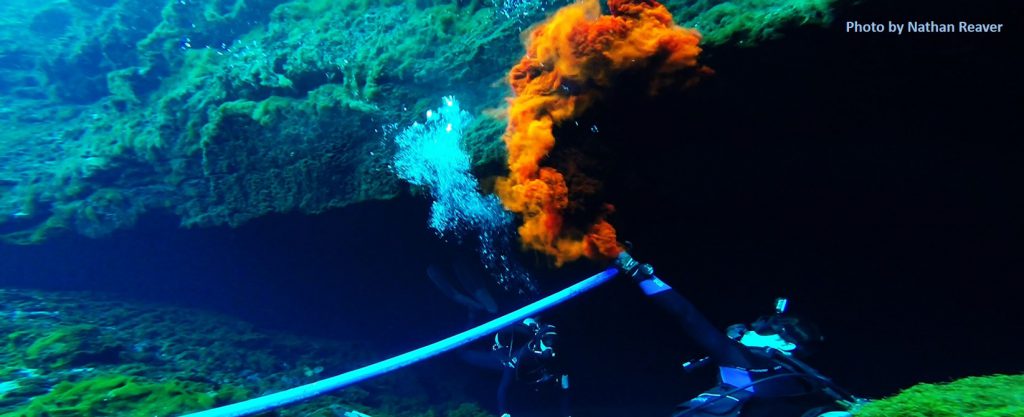
Photo by Nathan Reaver
Sponsor: St. Johns River Water Management District
Award Dates: 06/2014 – 09/2017
Participants
Project Lead: Reddy, Konda R
Project Participants: Annable, Michael D; Cohen, Matthew J; Frazer, Tom K; Graham, Wendy D; Inglett, Patrick W; Jawitz, James W; Kaplan, David A; Martin, Jonathan B; Osborne, Todd Z
Goals and Objectives
This project contributes to the Science Component of the St. Johns River Water Management District (District) Springs Protection Initiative (SPI). The partnership is called the “Collaborative Research Initiative on Sustainability and Protection of Springs,” or CRISPS. The science component acknowledges that effective management of springs requires that we understand the relative influences and manageabilities of the numerous natural and anthropogenic forcings that affect their ecological health and that additional interdisciplinary research is needed to achieve this goal. The science component of the SPI has three primary objectives:
- Improve the scientific foundation for management of nitrate loading to springs using the Silver Springs System as the primary study site.
- Evaluate whether reduction of nitrate concentration alone will be sufficient to restore the balance between benthic filamentous algae and native aquatic plants.
- Assess the relative influence and manageability of each of the various drivers controlling the balance between benthic filamentous algae and native aquatic plants
The physical, chemical, and biological status of springs is affected by surface water hydrology, groundwater hydrology, land use, soils, geology, nutrient transformations and transport in the groundwater system, and biological interactions. Unraveling this complexity rests upon multidisciplinary research. This project includes applied and foundational science, spanning various environmental drivers influencing spring hydrology, hydrodynamics, biogeochemical cycling of elements, water quality, and primary producer community structure and function. To study these complex interactions, we are using the Silver Springs ecosystem in Marion County as a case example. Several UF Water Institute Affiliate Faculty PIs with individual projects are collaborating in this effort.
Available Outputs
Title: Collaborative Research Initiative on Sustainability and Protection of Springs Final Report
Authors: Reddy. K.R.; Annable, Michael D; Cohen, Matthew; Frazer, Tom K; Graham, Wendy D; Inglett, Patrick W; Jawitz, James W; Kaplan, David A; Martin, Jonathan B; Osborne, Todd Z

